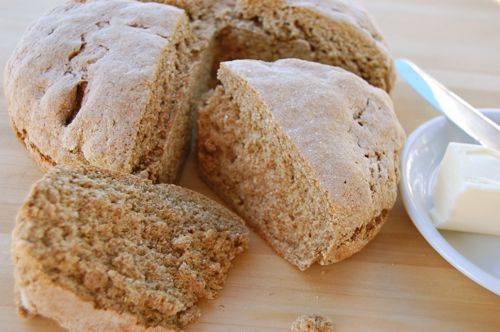I confess I’ve been saving this question since the weekend, as it dovetails beautifully with today’s discussion on the subject of egg yolks. Reader Peet writes (wrote):
Hi Joe! I’m having a problem with my pastry creams, i.e. they’re too thin. I cook them but have never been comfortable with bringing them to a boil since I’m afraid of curdling, and anyway egg proteins thicken at a much lower temperature. Which means there’s no reason the creams shouldn’t be thick, but they start out thick and eventually turn to soup in the refrigerator. Is boiling really the key to a thick pastry cream? And if so, why?
I think I see the problem, Peet. The heart of it is that pastry cream isn’t a protein-thickened custard (at least not primarily), but rather a starch-thickened custard. But this poses an excellent question: why must starch-thickened custards be boiled? The answer has to do with an enzyme called amylase that’s present in egg yolks. If you remember how flour thickens watery mixtures, it does so when it warms enough that the individual starch molecules — long, string-like amylose molecules and branch-like amylopectin molecules — start to separate from the flour granules. They float off and get tangled up with one another, restricting the flow of the water around them.
READ ON

